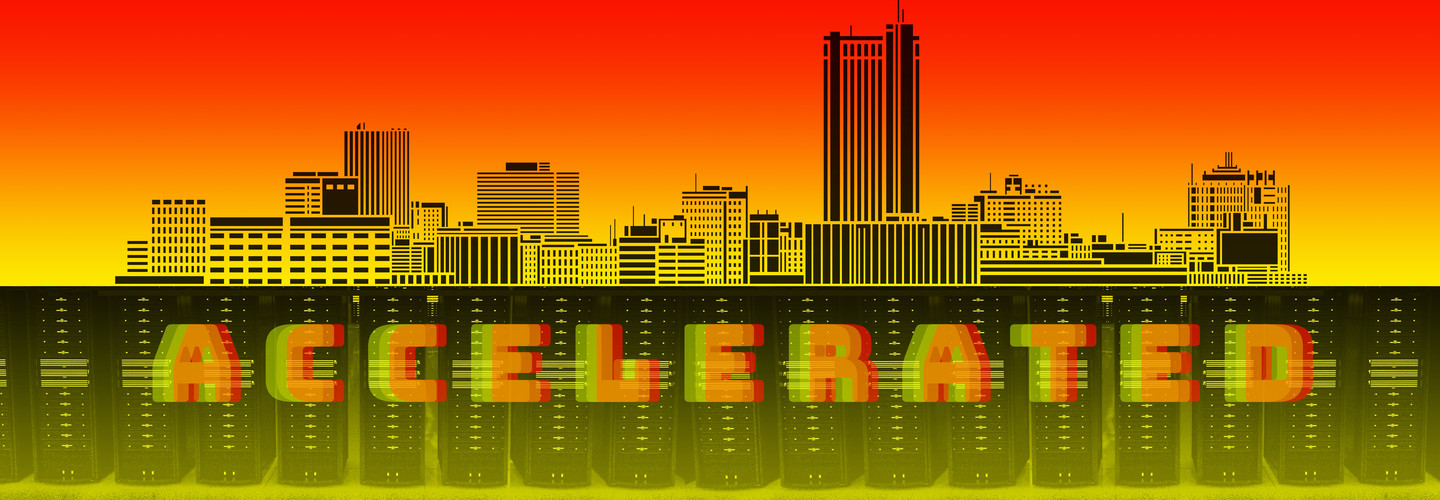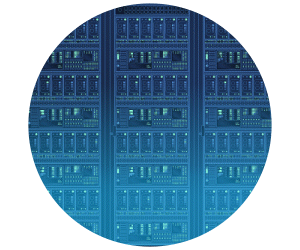STATETECH: In support of the data center refresh, you implemented HCI. What can you tell us about that?
LAIRD: We landed on Dell’s VxRail platform with VMware’s virtualization. It’s an engineered solution that the companies designed. It provides computing, networking and storage, with VMware virtualization. We installed multiple clusters at redundant data centers.
When you start talking about system compatibility and interoperability across platforms, upgrades become complex. As part of Dell’s HCI, they manage this. The simplicity behind having one-touch upgrades was important to us because we have a small team. Now we are on our second generation of HCI here in the city.
STATETECH: What are some of the data center benefits of HCI?
LAIRD: We improved our availability and uptime by installing the HCI clusters, with failover capability, at two data centers for redundancy. Maintenance operations and upgrades can occur anytime without downtime. We can scale CPU, memory, and/or storage as the environment grows by adding only what we need in the form of a node.
We reduced overall complexity throughout the city by consolidating systems and centralizing our operation. Our resources are now more optimized, meaning that we can tune the computing, storage and networking services, eliminating the overprovisioning of systems.
READ MORE: How to simplify your data center with hyperconverged infrastructure.
STATETECH: And how did VDI come into play?
LAIRD: We looked to modernize the environment by reducing the complexity of managing the systems, centralizing management and virtualizing as much as possible. We used VMware’s technology to manage servers and desktops.
STATETECH: What benefits did that bring?
LAIRD: We were able to modernize our desktop world in more ways than we initially thought. We started by replacing some of our traditional desktops with VDI but quickly discovered we could be far more innovative with the technology.
When we saw the flexibility that was gained from VDI and the fact that users could work from anywhere at any time, we started looking for other areas to deploy that we hadn’t thought about before. One of the areas that we hit on was our emergency operations center and our public safety vehicles. We rolled it out to the entire fleet of public safety vehicles. We also tested this in our emergency operations center with the same result. Now, they all operate on VDI and have for the past five years.
EXPLORE: How data literacy in government is enhancing data-driven decisions.
STATETECH: How can others best use these tools in support of a modernized data center?
LAIRD: Having HCI and virtualization is a different way to operate, so we had several design sessions with Dell and VMware leading up to picking a solution. It took several months to come up with the design and understand how that transformation was going to transpire.
We had to properly scale the existing environment, which is very important. Make sure that what you’re provisioning is going to handle the capacity of collapsing all your systems. Dell and VMware had this really cool tool to assist with that.
Determine how you want the IT department to be structured. The system was going to be more complex than just managing multiple systems. Train and continue to train your personnel. The more they are trained, the more you will gain from the environment.











